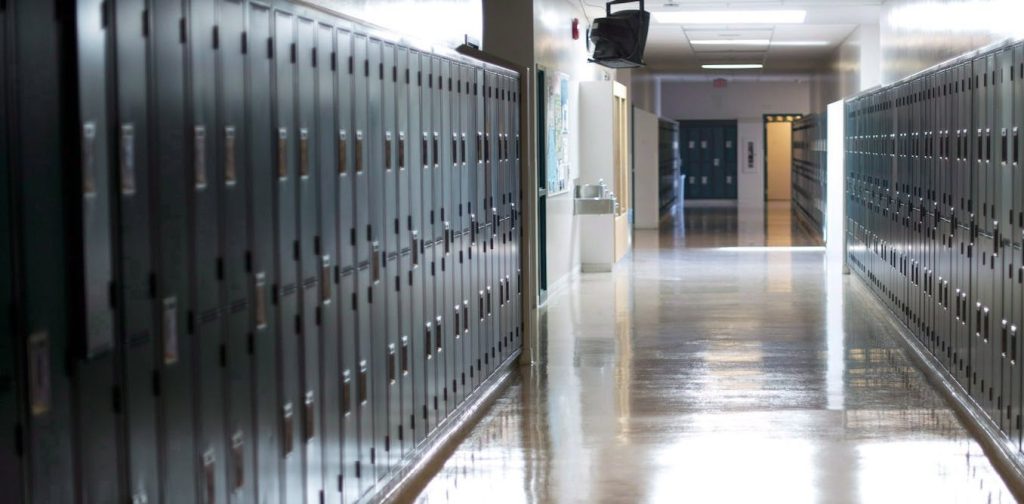For the past half-century, school choice initiatives have been intensifying across the globe. Choice policies emphasize school competition and increasing families’ opportunities to select among academic programs.
Some research suggests parents who can and do choose alternate programs for their children are pleased to have more options,
yet researchers also caution that proliferating programs of choice exacerbate academic inequity and are associated with separating students by social class.
My doctoral research has explored how parents’ circumstances shape their interpretation, access and navigation of what school choice policies have framed as the educational market in Ontario — and how teachers who are also parents (teacher-parents) understand regional programs of choice.
As insiders in education systems, teacher-parents are a uniquely informed subgroup among parents or guardians choosing education for children. Teachers in my study emphasized the advantages of regional programs, in particular French immersion.
French immersion
French immersion schooling has emerged in a larger landscape of policies and provisions bolstering forms of education such as private schools, home schooling and charter schools.
In Canada, public education is provincially mandated. In Ontario, this includes 31 English school boards, 29 English Catholic boards, four French boards and eight French Catholic boards.
THE CANADIAN PRESS/Nathan Denette
As educational researcher Jane Gaskell has noted, while in the United States, “choice has been justified by the idea of using market competition to improve schools.” In Canada, other arguments for choice have had more traction, namely “recognizing that diverse programs are a response to diverse publics.” Boards “add new programs to keep parents engaged in and supportive of the public system.”
In Canada, provinces and boards have continued to offer additional options. These include French immersion and extended French, International Baccalaureate programs, arts and sports programs and a wide array of alternative options.
Academic inequity
However, some research shows school choice initiatives exacerbate academic inequity by creating elite opportunities. Canadian studies identify how specialized schools and programs are comparable to private schools in a public system.
The research of education sociology researchers Ee-Seul Yoon and Kalervo N. Gulson, focused on Vancouver, found French immersion programs appeal to anglophone middle-class parents, and this ends up excluding immigrant families whose mother tongue is not English. Also at an advantage are parents with more informed social networks.
French immersion study
As a teacher-parent myself, I analyzed the experiences of 23 teacher-parents in Ontario. I contacted several of my colleagues from different public systems in Ontario through email, telephone or in person. I then asked interested parties to forward invitations to potential participants. Each took part in one individual and one group interview.
“Educational currency” is a privilege that is valuable in the school market. This currency is composed of, but not limited to, one’s access to relevant information, influential relationships, social status and academic experience — providing they ameliorate or enhance one’s access to options and/or ability to choose effectively.
Understanding educational currency helps to underscore the inequity in the school choice process. Participants acquire various levels and elements of educational currency through system memberships (belonging to a board, school, program), professional experiences (working within schools and classrooms), social networks and personal experiences as parents and general members of the community.
THE CANADIAN PRESS/Andrew Vaughan
Teacher parents
Teacher-parents described classrooms of choice as enhanced learning environments that follow an enriched curriculum and attract better students. They identify these students as generally having fewer behavioural and academic needs.
While teacher-parents acknowledge that students are being separated into cohorts labelled strong and weak, many continue to use their educational currency to secure spots for their own children.
Research from Alberta finds that school selection is “essentially a middle-class phenomenon.” Even within the public system, there are uneven elements of the enrolment process based on lifestyle.
My research supports these notions, in addition to underscoring the perceived superiority of select programs.
Social effects
Several participants went so far as to say the benefits gained by some children through French immersion resulted in the injury of the core classroom — that splitting children who were previously classmates into different programs introduces social rifts.
Arguments for school choice reforms include an attempt to satisfy parental requests, enhance the quality of schooling, keep children in public systems, serve diverse communities and increase equity in the public system.
Yet my findings suggest that, as perceived by teacher-parents — educational system insiders — the best options for quality educational programs are also those that are divisive, elite and threaten to exacerbate inequity within the school system. Findings also suggest it is the ability to use privilege to navigate the market that crystalizes the inequity of school choice.
As a public-school teacher and researcher, I am dedicated to the development of fair and inclusive school policy. However, my priority is the well-being and opportunities of my own children. I, too, will continue to use my educational currency to situate my kids in the best available learning environment.
Policy solutions
The preliminary results of my study suggest school choice presents a problem our society must address through policy. The complex but ideal solution is distributing educational currency more evenly across those making the choice, and reducing barriers to that choice.
This may look like lottery pools, schools offering placements through random selection or information nights to familiarize parents with options and ensure there are no costly transportation fees.
To really know how to effectively distribute educational currency in local contexts, community engagement with a diversity of parents, guardians and community networks is critical.

